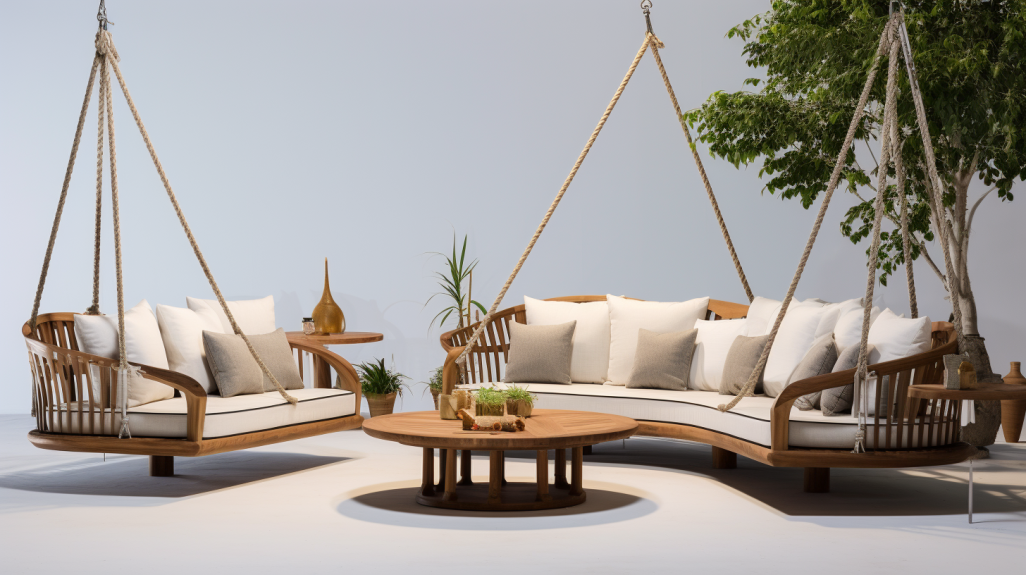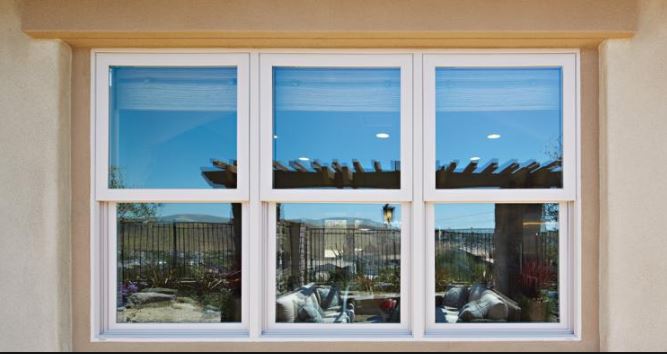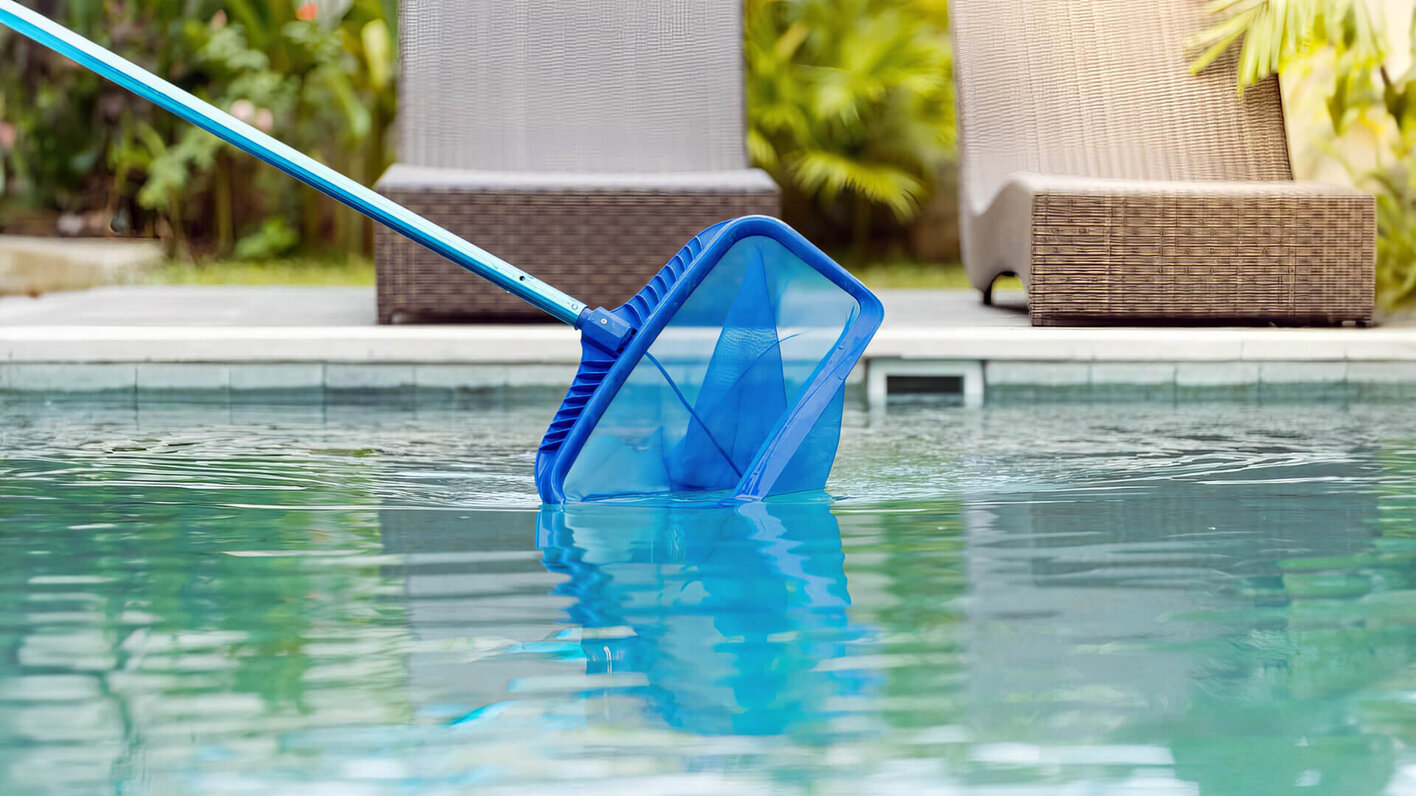Master the Art of Measuring Patio Furniture for Protective Covers

When you invest in high-quality patio furniture, you want to ensure it lasts for years to come. One of the best ways to protect your outdoor seating, tables, and accessories is by using the right covers. However, to get the most out of these covers, it’s essential to measure your furniture correctly. The right fit will shield your items from the elements while maintaining their appearance. In this guide, we’ll explore how to master the art of measuring patio furniture for perfect covers.
The Importance of Accurate Measurements for Patio Furniture Covers
Before diving into the measurement process, it’s important to understand why measuring patio furniture for covers is crucial. A cover that’s too small won’t provide full protection, leaving portions of your furniture exposed to dirt, rain, and UV damage. On the other hand, an oversized cover can shift in the wind, potentially exposing your furniture to the elements. By ensuring your covers fit correctly, you can prevent these issues and keep your furniture in pristine condition.
A well-measured cover not only protects your furniture but also enhances its longevity, saving you from the cost of frequent replacements. Moreover, a snugly fitted cover adds convenience, as it’s easier to put on and remove than one that’s too large. Taking the time to measure your furniture for the right cover will ensure that your outdoor space remains stylish and well-maintained.
Tools You Need to Measure Patio Furniture
To accurately measure your furniture for protective covers, you’ll need a few basic tools. The most important of these is a flexible measuring tape. This tool can conform to the shape of your furniture, making it easy to measure around corners, curves, and irregularly shaped pieces. Along with the measuring tape, keep a notepad and pencil nearby to record your measurements. For larger furniture items, having an extra person to help hold the tape in place can make the process smoother.
Once you have your tools ready, it’s time to begin measuring your patio furniture.
How to Measure Different Types of Patio Furniture
1. Measuring Chairs and Armchairs
Start with the most straightforward pieces: chairs and armchairs. To measure these items, you’ll need three key dimensions: width, depth, and height.
- Width: Measure from the outermost edge of one armrest to the outermost edge of the other.
- Depth: Measure from the front of the seat to the backrest.
- Height: Measure from the ground to the top of the backrest.
Additionally, if your chairs have armrests, measure their width and depth as well. Be sure to also check the height of the legs. A good chair cover will cover not just the seat and backrest, but also the legs.
2. Measuring Sofas and Sectionals
For larger pieces like sofas and sectionals, the measurement process is a bit more complex but equally important. Begin by measuring the total length of the sofa or sectional. For sectionals, you may need to measure each piece separately if they can be disassembled.
- Length: Measure from one end of the sofa or sectional to the other, including any chaise lounges or extensions.
- Depth: Measure from the front edge of the seat to the backrest.
- Height: Measure from the ground to the highest point of the sofa, which may be the backrest or cushions, depending on the design.
Be mindful of cushions that may protrude or removable pillows that should be considered when measuring. If your sectional pieces are movable, you can either measure them individually or purchase separate covers for each piece.
3. Measuring Tables
Measuring a table for its cover requires slightly different steps. The most important dimensions for a table are length, width, and height.
- Length: Measure from one end of the tabletop to the other.
- Width: Measure from one side of the table to the other.
- Height: Measure from the ground to the tabletop’s surface.
If your table includes any features such as an umbrella hole or a decorative base, account for these when measuring. Many table covers are designed to accommodate specific features like umbrella holes, so make sure to measure these areas carefully.
4. Measuring Chaise Lounges and Lounge Chairs
Chaise lounges and lounge chairs require similar measurements as armchairs but are typically larger and more complex due to their reclining nature. When measuring these items, focus on length, width, and height.
- Length: Measure from the top of the backrest to the footrest, ensuring that any adjustable features are accounted for.
- Width: Measure from one side of the lounge to the other.
- Height: Measure from the ground to the highest point on the backrest.
Don’t forget to account for cushions or pillows, especially if they are removable. If you plan to leave them on during use, you’ll need to ensure the cover is large enough to fit over them.
Tips for Ensuring the Perfect Fit
Once you’ve taken all of your measurements, it’s time to select the right cover. Many covers are designed with a bit of extra space to make them easier to put on, but you should still aim for a cover that fits snugly without excess fabric.
If you find yourself between sizes, it’s often better to choose a slightly smaller cover rather than one that’s too large. A smaller cover will stay in place more easily and provide a more tailored look. Additionally, covers with adjustable features like straps, elastic hems, or drawstrings can help you get a more customized fit.
Another tip is to check the material of the cover. Look for durable, water-resistant materials that offer UV protection to ensure your furniture stays safe from all kinds of weather. High-quality fabrics like polyester or vinyl are ideal for protecting against rain, sun, and wind. Also, consider the breathability of the material to prevent condensation buildup, which could lead to mold and mildew.
Maintaining and Storing Your Patio Furniture Covers
After measuring and purchasing the perfect covers for your furniture, it’s essential to care for them properly. Regularly inspect your covers for any signs of wear and tear, such as holes or fraying. If your covers are machine washable, follow the manufacturer’s instructions to keep them clean and in good condition.
During the off-season, it’s a good idea to store your covers in a cool, dry place. This prevents them from becoming damaged by harsh conditions and extends their useful life. Proper storage is particularly important for covers made of fabrics that may degrade when exposed to moisture or UV rays over time.
The Benefits of Properly Measured Patio Furniture Covers
Investing time in measuring your patio furniture for the right covers offers numerous benefits. By ensuring a proper fit, you provide better protection against the elements, prevent dirt accumulation, and minimize the risk of damage caused by extreme weather conditions. Whether you’re dealing with the intense heat of summer or the cold rains of winter, a perfectly fitted cover can help preserve your furniture and keep your outdoor space looking great year-round.




